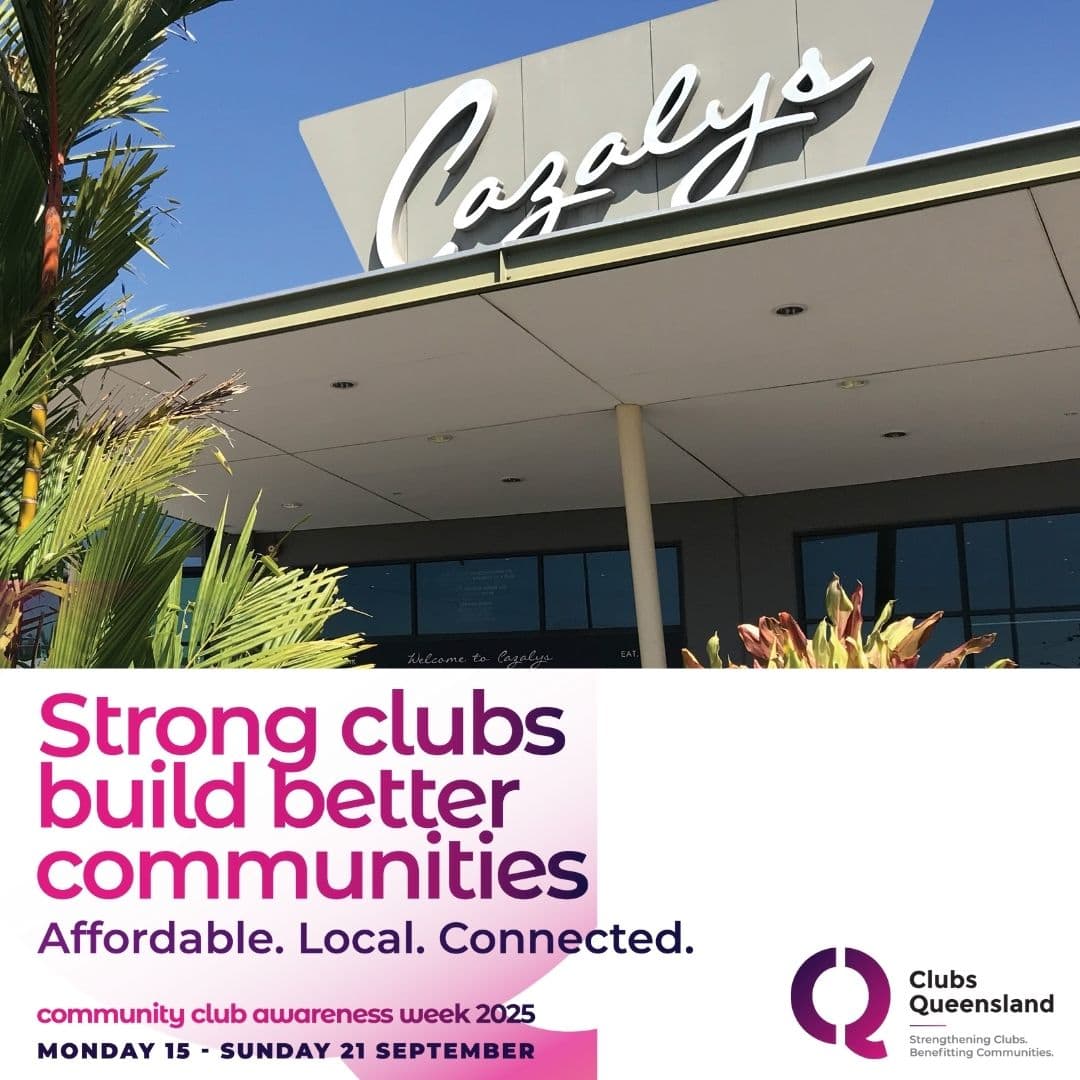
support in times of need,” Mr Egan said.
The survey also revealed Queenslanders’ feelings towards the cost-of-living pressures that have dominated political discussions in recent times. Almost 80 per cent of respondents said they had been impacted by cost-of-living pressures and 55 per cent said they had cut back on spending in the last 12 months. They cited affordable entertainment options as important to their lives. Social connection, affordable food and drinks and the chance to dine out were the top three reasons listed for attending community clubs. “It’s clear from this survey that a lot of Queenslanders have changed their habits due to these cost-of-living pressures,” Mr Egan said. “It is no wonder community clubs are preferred during these times for their affordable dining out options as
well as that opportunity for a social connection.”
• Clubs in Queensland are membership-based, not-for-profit organisations providing services to members and the local community.
• There are more than 1100 community clubs in Queensland with a combined 5.6 million memberships. Clubs employ more than 34,000 people, return over $549 million in community contributions and generate annual economic activity valued at more than $2.5 billion for the State’s economy.
• The surplus generated by clubs is used to deliver important and highly valued services in their surrounding communities and for visitors to their region. This support includes cash contributions, non-cash benefits, community assets and the mobilisation of volunteers.
• Clubs are important community hubs for social interaction and engagement. Members have a shared sense of values and belonging, strengthening the social fabric and promotes strong community cohesion.


